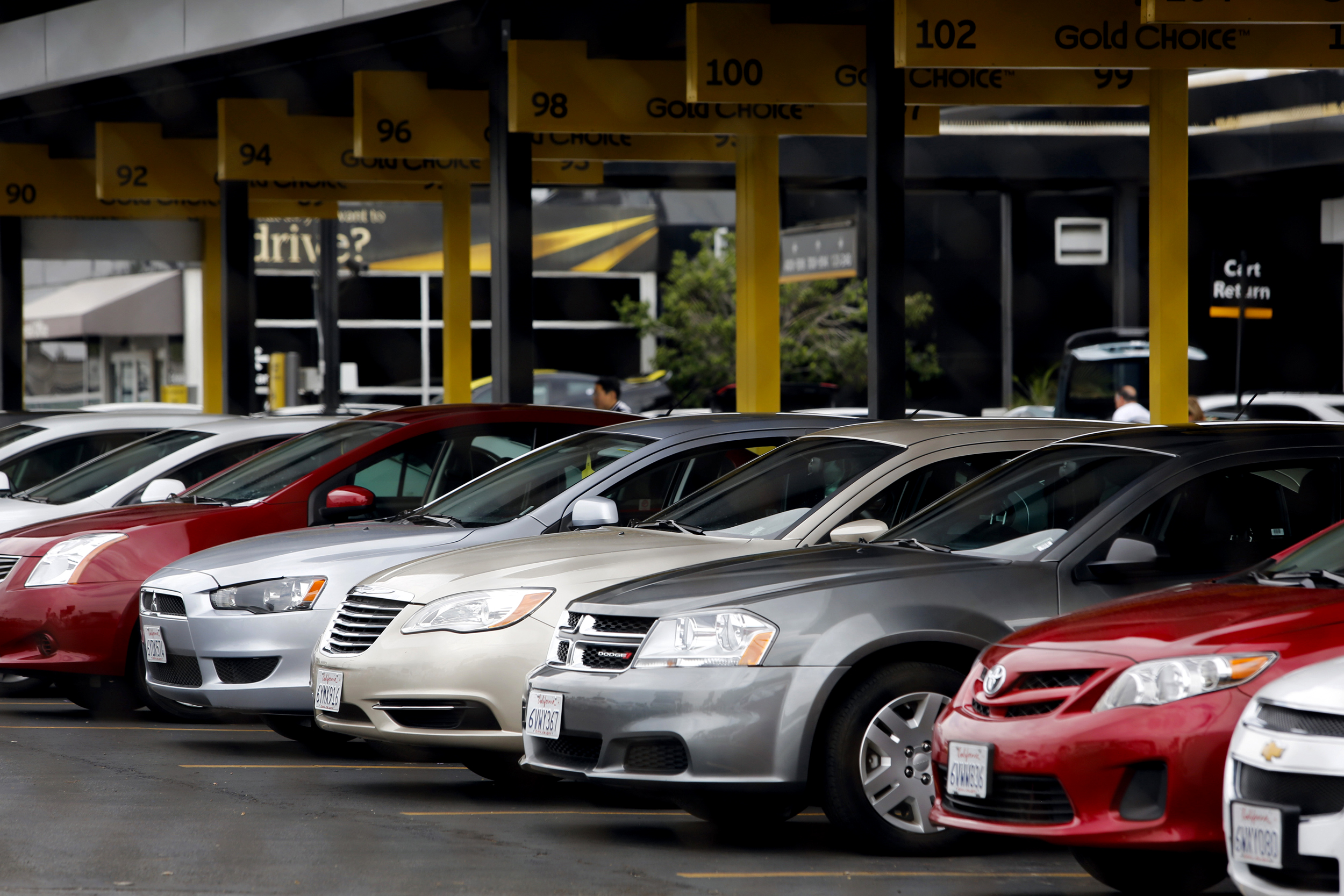Tires in a car are not something that rots as time passes by nor do they have any kind of expiration date, but despite the fact, this certainly doesn’t mean that the tires last forever. Pushing the use of tires after a certain age can result in severe accidents and in some areas the use of such tires is also considered illegal.
In this detailed blog, the experts of Range Rover Workshop Dubai will undergo all the aspects that can help the reader in identifying the age of the respective vehicles, and some tips as well that can help in prolonging the lifespan of the tires.
The 4-Digit Code
Though the cars don’t have any kind of expiration date, still they have a date stamp imprinted on them that can help the owner of the vehicle in identifying the age of the car. Talking about the Date Stamps, this method grabbed quite the highlight in the early 1980s but as the time evolved, so did the way. Innovations and methods were being introduced. Nowadays, instead of Date Stamps, a classy 4-digit code is used.
For quite a while now, the 4-digit code is being used to detect the age of the tires. For you to understand the code, the meaning of every digit is discussed ahead:
- To understand the 4-digit code, the first thing that you need to know is that they are studied in pairs.
- The first pair of the 4-digit code represents the week of the year in which the tire was manufactured.
- The second pair of the 4-digit code represents the year in which the tire was manufactured.
- Another thing that you need to be aware of is that there are tires in the market with a 3-digit code as well. These are the tires that you need to avoid as these tires were manufactured before 2000.
Tire Replacing
Because the tires have no expiration date, this does not imply that they can be used for the rest of their lives without being replaced. One thing must be kept in mind that tires that are more than six years old should be closely monitored to avoid excessive damage and to guarantee that you are driving safely. According to many studies, tires should be replaced every six years. This is, however, just a preventative step.
As a result, once tires reach the 7-to-10-year mark, we recommend that they be constantly examined and changed if necessary. After the tires have crossed the mark, there are chances for them to be more vulnerable to oxidation and weakened rubber as well.
For you to see for yourself, if your Range’s tires need replacing, simply follow one of the 2 methods enlisted below to have an idea for yourself:
- Tread Depth is the first way for determining whether or not your tires need to be replaced. You must change your tires after the required tread depth of 1.6m is attained or surpassed, according to the method. Driving with a tire tread depth of fewer than 1.6m can get you in trouble and result in a costly fine.
Your tires will have little to no grip after this point, and braking distances will be drastically decreased, especially in wet weather, putting you and your passengers at risk.
- Another approach for determining whether or not the tire needs to be replaced is to look for any tire cracking. Tire cracking, often known as ‘crazing,’ is a common sign of ageing tires in the sidewall. UV light from the sun oxidizes sidewall rubber over time, causing it to deteriorate quickly, especially if the tires are not in use.







